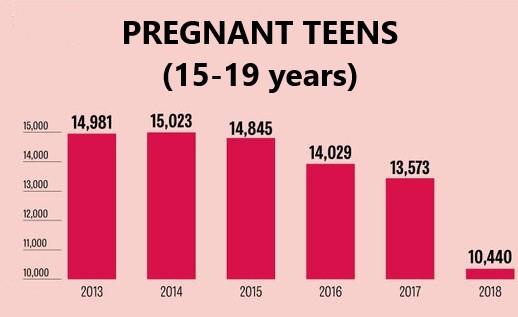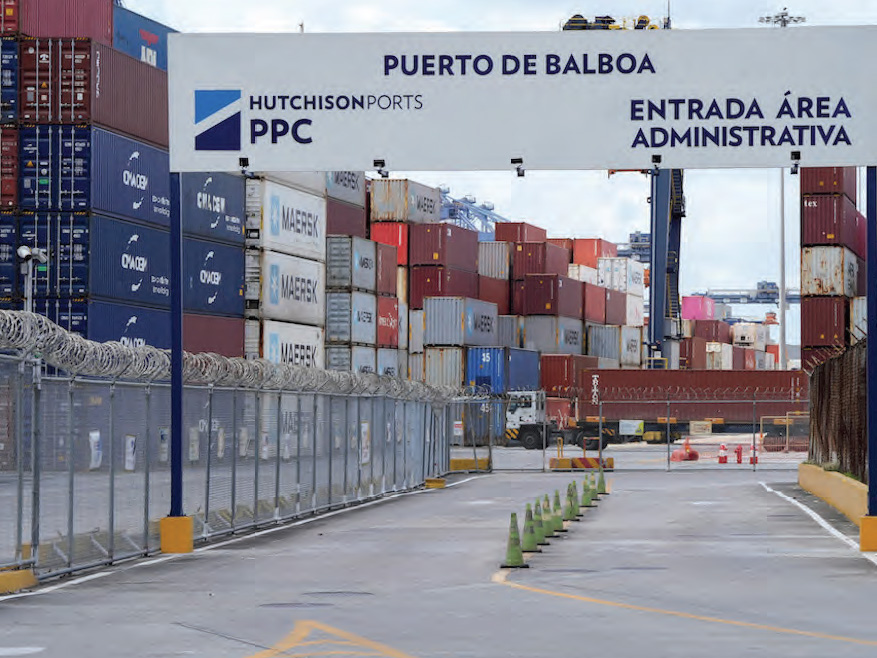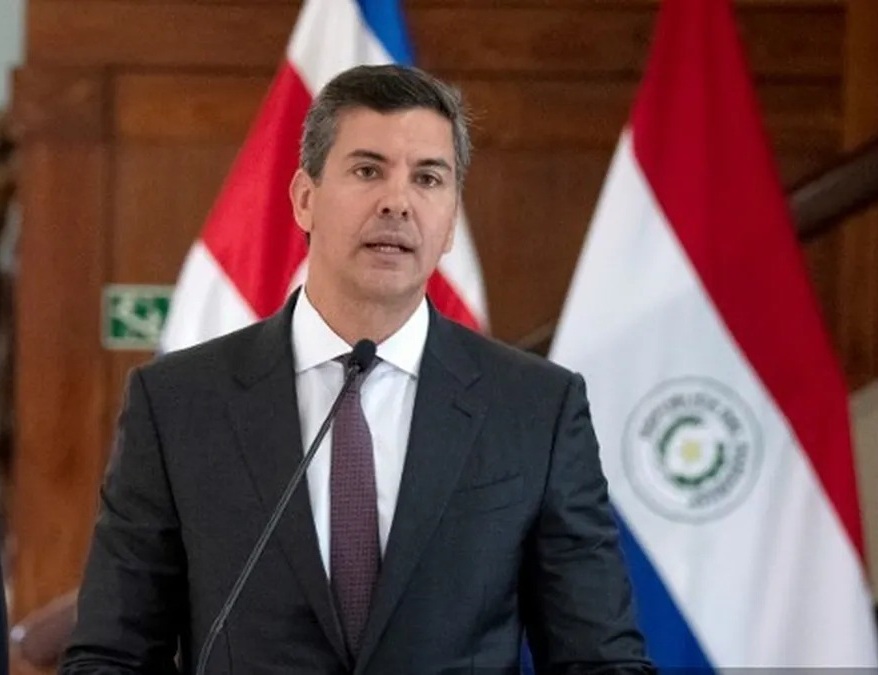29 Panama Teens Become Pregnant Each Day

While entrenched conservative and church groups continue to fight sex education in Panama’s schools An average of 29 girls between 10 and 19 years old get pregnant daily in the country, according to prenatal control figures from the Ministry of Health (Minsa).
The statistics show that between 2014 and May this year there were over 58,000, pregnancies in girls and adolescents not including. those The figure does not include the population that received attention in the Social Security Fund or in private clinics.
The number in prenatal care this year is 4,660, according to the latest Ministry of health figures The statistical reports of the institution, show that approximately 10,000 girls and adolescents between 10 and 19 years old enter each year for prenatal care, representing a figure that represents 30% of the total number of pregnancies registered annually.
In 2018 there were 10,440 pregnancies of girls and adolescents under control,, 528 more cases than in 2017, when the figure rose to 9, 912. These figures do not include the reports of the Social Security Fund or private clinics.
Until May this year, 4,660 young people between 10 and 19 years of age entered in search of prenatal care.
José Manuel Pérez, the representative in Panama of the United Nations Population Fund (Unfpa), said that the State has to design comprehensive policies and programs that address the needs of this population group.
For this, he said, comprehensive sexual health education programs should be available to prepare adolescents in life skills and informed decision-making, as well as expand adolescent-friendly health services.
He said that it is essential that public schools have comprehensive sexual health education programs that allow young to people to acquire accurate, scientific and adequate information.
Pregnancies in girls and adolescents are a structural factor of poverty, as they occur among the least wealthy sectors of a country, he said.
The situation in Panama is disturbing, since it is the third in Central America with the highest rate of adolescent fertility (births per 1,000 women between the ages of 15 and 19) in the period from 2010 to 2015, according to a report from the World Health Organization (WHO)
The approach to comprehensive sexual education in Panama is a subject that generates controversy
José Manuel Pérez, the representative in Panama of the United Nations Population Fund (Unfpa), said that the State has to design comprehensive policies and programs that address the needs of this population group.
He said that it is essential that public schools have comprehensive sexual health education programs that allow young people to acquire accurate, scientific and adequate information.
Pregnancies in girls and adolescents are a structural factor of poverty, as they occur among the least wealthy sectors of a country, he said.
Panama is the third country in Central America with the highest rate of adolescent births according to a report from the World Health Organization (WHO)
Controversy
The approach to sexual education in Panama is a subject that generates controversy.
There have been several unsuccessful attempts to create legislation to adopt public policies on integral education, health care, and promotion.
In 2008, the first project proposed by the Minsa came to the Assembly, but it was rejected because religious and civil society groups claimed that it incited youth to debauchery. Three years later, a new initiative, was presented but failed. In August 2014, a proposal arrived from PRD Deputy Crispiano Adames, met the same fate as churches corralled their flocks into a great march against the legislative initiative





